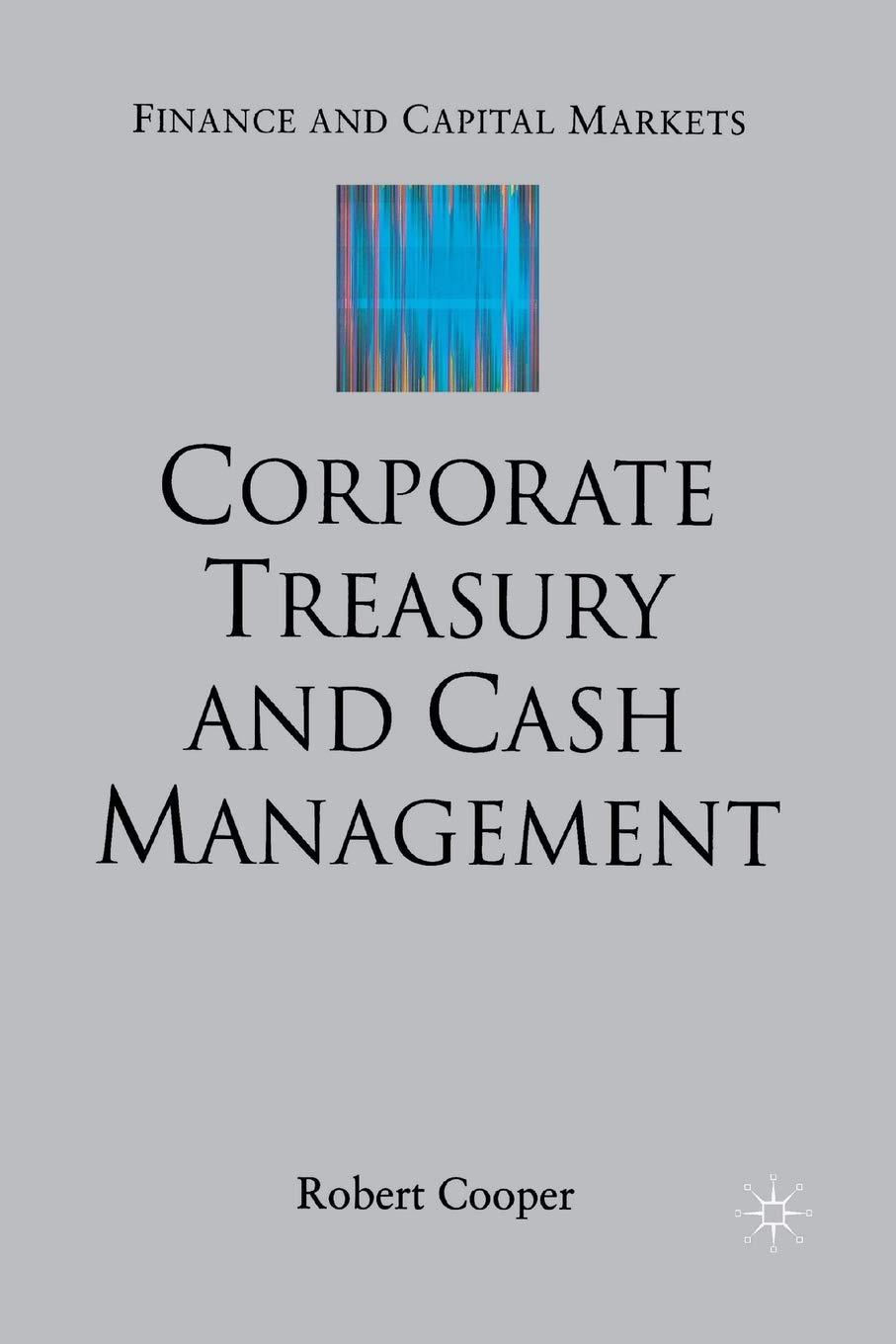A firm has the following investment alternatives: Each investment costs $2,700; investments B and C are mutually exclusive, and the firm's cost of capital is 9 percent, Use Appendix A, Appendix B and Appendix D to answer the questions. Assume that the investments are not mutually exclusive and there are no budget restrictions. a. What is the net present value of each investment? Use a minus sign to enter a negative values, if any. Round your answers to the nearest dollar. A: 5 B: 5 Ci $ b. According to the net present values, which investment(s) should the firm make? The firm should make investment(s) c. What is the internal rate of return on each investment? Round your answers to the nearest whole number. A: \% B: % C: % d. According to the internal rates of return, which investment(s) should the firm make? The firm should make investment(s) e. According to both the net present values and internal rates of return, which investments should the firm make? The net present value and internal rate of return lead to so the firm should f. If the firm could reinvest the $3,105 earned in year 1 from investment 8 at 10 percent, which investment(s) should the firm make? Round your answer to the nearest dollar. C: $ b. According to the net present values, which investment(s) should the firm make? The firm should make investment(s) c. What is the intemal rate of return on each investment? Round your answers to the nearest whole number. A: B: % C: % d. According to the intemal rates of return, which investment(s) should the firm make? The firm should make investment(s) e. According to both the net present values and internal rates of return. which investments should the firm make? The net present value and internal rate of return lead to so the firm should 1. If the firm could reinvest the $3,105 earned in year 1 from investment B at 10 percent, which investment(s) should the firm make? Round your answer to the nearest dollar. Terminal value of investment B:$ The firm should make investment(s) Would the answer be different if the rate were 14 percent? Round your answer to the nearest doliar. Terminal value of investment B: $ The firm should make investment(s) 9. If the firm's cost of capital had been 10 percent, what would be investment A's internat fate of return? flound your answer to the nearest whole number. Wh h. The payback method of capital budgeting selects which investment? The payback method of capital budgeting selects inveutment








